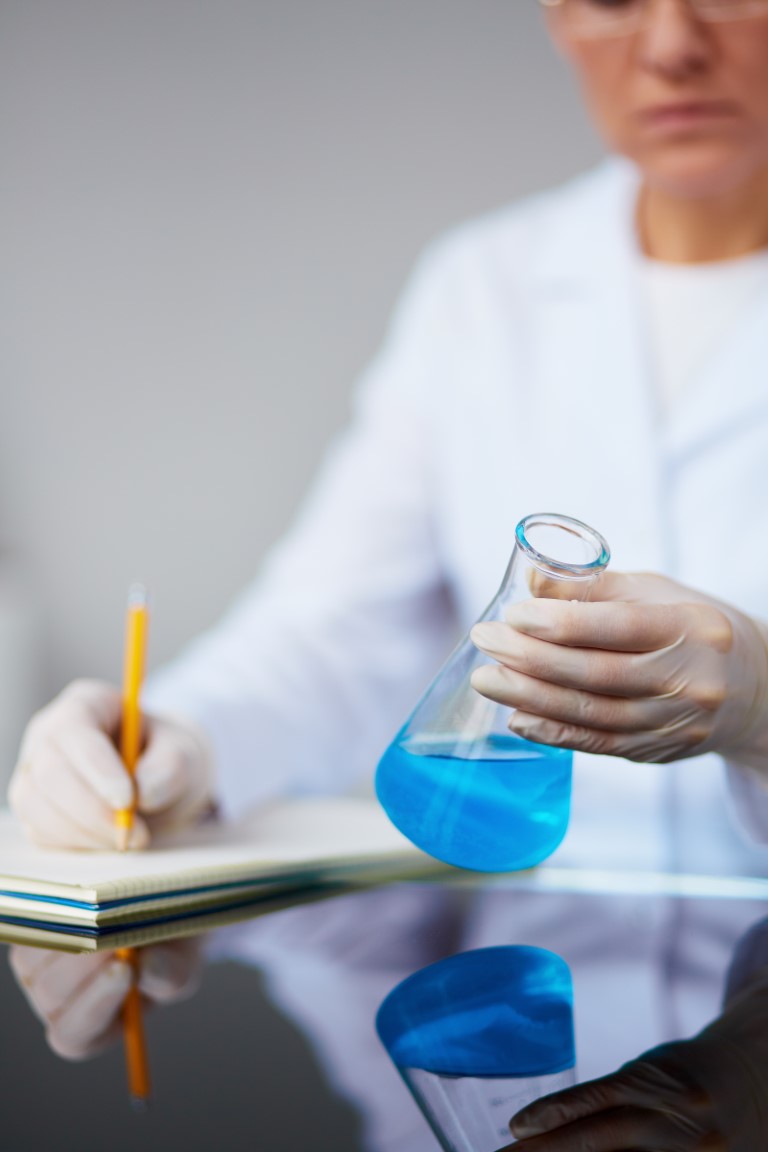The INHALE Initiative
Our flagship initiative is to develop a smart opioid inhaler that fits in the palm of your hand. When you press your thumb on the sensor it will authenticate you and release a pre-measured dose of fast-acting prescription opioid. Because it measures the dose, we believe you will be less likely to overdose. It will make you wait between doses to prevent abuse, and it will taper you off at the end of your prescription in order to reduce the effects of withdrawal.
Opioid users are excited about our product!
How do opioid users feel about INHALE?
Paul Maxwell
Paul Maxwell became addicted to opioids, and in his own words, “went through hell.” When he heard about our INHALE initiative, he offered to bravely share his story and his opinion on our device.
What are we building?
We’re building a smart opioid inhaler with biometric authentication. It would be prescribed instead of pills, which are so easily abused. We are designing our inhaler to:
- authenticate the user with a thumbrint before each dose is released
- dispense pre-measured doses
- limit the number of doses per window of time
- tapers off dosing at the end of the prescription to prevent dependence and withdrawal
- generate patient compliance for the physician
- be small enough to fit in a pocket or purse
- be discrete so it can be used anywhere, looking like a sleek vape
- can contain an entire prescription without refilling
- refillable and reusable across multiple prescriptions

Can opioids be inhaled safely?
Eleven clinical studies demonstrate the efficacy of inhaled opioids, showing them to be faster-acting, as efficacious as IV (intravenous) administration, and with fewer side-effects.
PMID: 26143313
Efficacy and safety of nebulized morphine given at 2 different doses compared to IV titrated morphine in trauma pain
PMID: 25027194
Nebulized fentanyl vs intravenous morphine for ED patients with acute limb pain: a randomized clinical trial
PMID: 17898251
Randomized clinical trial of nebulized fentanyl citrate versus i.v. fentanyl citrate in children presenting to the emergency department with acute pain
PMID: 15963870
Nebulized Versus Subcutaneous Morphine for Patients with Cancer Dyspnea: A Preliminary Study
PMID: 8866928
Systemic absorption of nebulized morphine compared with oral morphine in healthy subjects.
Study NCT03580187
Nebulized Morphine in Chest Trauma Patients: A Prospective Study
Study NCT01123551
Nebulized Morphine Versus Intravenous Morphine in the Management of Post Traumatic Pain in Emergency Department (ED)
Study NCT00020618
Inhaled Morphine Compared With Morphine By Mouth in Treating Cancer Patients With Breakthrough Pain
Study NCT00286065
Study to Determine Efficacy and Safety of Inhaled AeroLEF in the Treatment of Acute Post-op Pain in Adult Patients Undergoing Elective Orthopedic Surgery
Study NCT00791804
A Phase II Study Evaluating Inhaled AeroLEF (Liposome-Encapsulated Fentanyl 500mcg/mL) for Post-Operative Pain in Adults After ACL Knee Surgery
Study NCT00794209
Phase lb, Five Period Crossover, Open-Label Study Evaluating a Single Dose Administration of 3mL or 5mL of Inhaled AeroLEF (Liposome-Encapsulated Fentanyl 500 Mcg/mL), Delivered by up to Four Aerosol Delivery Devices in Healthy Subjects
Study NCT00709254
Study of Single and Multiple Doses of Inhaled AeroLEF (Liposome-Encapsulated Fentanyl)in Healthy Subjects (LEF-2495)
Study 12960555
Analgesic efficacy of inhaled morphine in patients after bunionectomy surgery
Study 15366326
Safety and pharmacokinetics of inhaled morphine delivered using the AERx system in patients with moderate-to-severe asthma
Do we have the necessary experience?
We are very excited to have Igor Gonda on our team as our CSO. Igor, previously as President of Aradigm, invented an opioid inhaler named the AERx (pronounced Erics) and with it completed phase 1, phase 2 and phase 2b clinical trials. This was 20 years ago when there was no opioid crisis, and Igor was clearly ahead of his time. Despite the proven safety and efficacy and the patient acceptance, there was a still missing piece of the puzzle needed to make an opioid inhaler commercially viable – it needed a value-added proposition that could justify the added expense of the hardware over the cost of pills. That is where RevMD comes in. By making the inhaler a connected health device adding authentication and compliance reporting, we expect to add the necessary value will make the inhaler commercially viable.

The Building Block Approach
We are not inventing a new product; we are assembling already-existing building blocks.
Our level of difficulty is not in inventing something new. The technologies we need already exist in many forms. Our value-added is that we are assembling them in a new way. Therefore, we have plenty of technologies to choose from, and we need only to select the appropriate technologies that meet our requirements and fit within our constraints.
Our level of difficulty is in implementing within a regulatory framework and reliably supporting this user base at scale; therefore, prior large-scale implementation experience and judicious selection of technologies to meet volume and integrity requirements are key. This task would be daunting without sufficient experience and appropriate selection of methodologies and technologies.
- The AERX* opioid inhaler invented by our Chief Science Officer Igor Gonda has previously passed phase II clinical trials
- OOB (out-of-the-box) solutions are available for fingerprint authentication
- IoT networks are evolving and there are many choices for this technology
- Devising our SaMD ECC processing is an extension of existing modeling methodologies and technologies.
Contact us for more information
Or call — 865 329-6792
Better Health Care is Our Mission
Re-inventing pharmaceutical delivery systems, for you.



